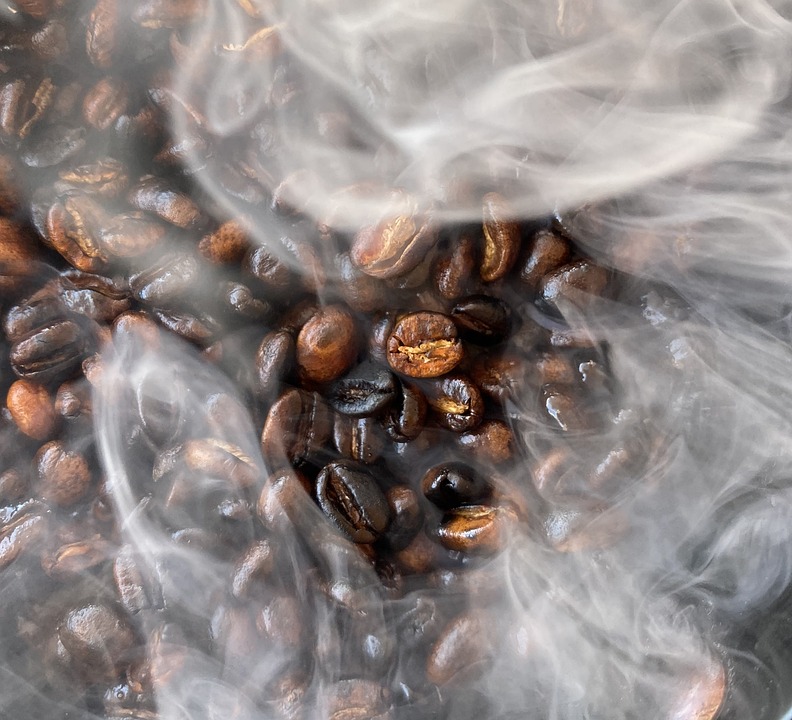Coffee has become a staple in the daily routines of millions around the world. With its rich flavor and invigorating properties, it’s no wonder that coffee holds a beloved place in many cultures. However, the journey of coffee from bean to cup is a complex tale of agricultural practices, economic systems, and ethical considerations. One of the most significant movements in the coffee industry today is Fair Trade. This article explores the intricate journey of Fair Trade coffee, emphasizing its ethical roots and the positive impacts it has on both farmers and consumers.
The Birth of Fair Trade Coffee
The Fair Trade movement began in the 1940s with a focus on creating equitable trading partnerships, providing fair compensation to producers, and promoting sustainable farming practices. The modern Fair Trade certification system emerged in the 1980s, responding to the challenges faced by small-scale farmers in developing countries who were often marginalized by larger corporations and fluctuating market prices.
Fair Trade certification ensures that coffee farmers receive a minimum price for their product, which protects them from the volatility of the coffee market. This minimum price is designed to cover the costs of sustainable production and provide a livelihood for farmers, enabling them to invest in their communities and families.
Sourcing and Growing Fair Trade Coffee
The journey of Fair Trade coffee begins with its cultivation. Typically, Fair Trade coffee is grown in high-altitude regions of Latin America, Africa, and Asia, where the climate conditions are optimal for coffee production. Farmers work in cooperative structures, which allow them to pool resources, share knowledge, and negotiate better prices.
These cooperatives emphasize sustainable farming practices, using organic techniques that promote biodiversity and reduce chemical inputs. By cultivating coffee in harmony with the environment, farmers not only produce high-quality beans but also protect the ecosystems in which they operate.
Harvesting and Processing
Once the coffee cherries are ripe, they are hand-picked by skilled farmers who carefully select only the highest-quality cherries. After harvesting, the cherries undergo processing, which can include various methods such as washing, drying, and milling. This step is crucial as it affects the flavor profile of the final product. Fair Trade cooperatives often invest in eco-friendly processing methods to minimize their environmental impact.
During processing, transparency is essential. Knowing that the coffee is being handled ethically and sustainably adds value both to the product and to the communities involved.
Certification and Trading
To be labeled as Fair Trade, coffee must meet strict criteria set by certifying organizations such as Fair Trade International and Fair Trade USA. These organizations monitor the entire coffee supply chain, from farming practices to labor conditions. Only cooperatives that comply with these standards can proudly carry the Fair Trade seal.
Once certified, the coffee is sold to importers who play a crucial role in connecting farmers with markets. These importers advocate for fairness, ensuring that farmers receive a higher share of the final sale price compared to conventional trade practices. This fair pricing model encourages farmers to continue growing coffee sustainably.
Roasting and Distribution
After the coffee beans are imported, they are roasted. Roasting is an art that significantly influences a coffee’s flavor. Fair Trade advocates often work closely with roasters to ensure that the beans are treated with care throughout this process, ensuring that the resulting coffee retains its rich, complex flavors.
Following roasting, the coffee is packaged and shipped to various retailers, cafes, and consumers. Many Fair Trade brands emphasize the stories of the farmers behind the coffee, allowing consumers to feel connected to the origins of their beverage.
Brewing Fair Trade Coffee
Once the roasted beans reach the consumer, the final step involves brewing the coffee. There are numerous brewing methods, from traditional drip machines to more modern techniques like pour-over and French press. Each method brings out different flavor notes and aromas, making the experience unique.
The beauty of Fair Trade coffee lies in its connection to a larger ethos of social responsibility. When consumers choose Fair Trade coffee, they are not only enjoying a quality beverage but also supporting ethical practices and contributing to the livelihoods of farmers around the world. This is further addressed in depth in the specialty coffee quality certification article, which highlights the importance of tasting responsibly sourced coffee.
Conclusion
The journey of Fair Trade coffee from bean to cup embodies a commitment to fairness, sustainability, and community empowerment. While each cup of coffee may seem like a simple daily pleasure, it represents the culmination of the hard work and dedication of countless farmers worldwide. By choosing Fair Trade coffee, consumers are empowered to make a conscious choice that supports ethical practices and helps to uplift communities.
As we sip our coffee, let us remember the journey it has taken and the positive impact our choices can create—one cup at a time.
FAQs
What is Fair Trade coffee?
Fair Trade coffee is coffee that is sourced from farmers who receive fair compensation, sustainable farming practices, and community support through cooperatives.
How does Fair Trade benefit farmers?
Fair Trade provides farmers with a minimum price for their coffee, helps invest in community development, and promotes sustainable farming practices.
Can I find Fair Trade coffee in regular stores?
Yes, many grocery stores and coffee shops carry Fair Trade coffee varieties. Look for the Fair Trade certification logo on the packaging.
Is Fair Trade coffee more expensive?
While Fair Trade coffee can be more expensive than conventional options, this price reflects the ethical practices and sustainable production methods that benefit farmers and communities.
What should I look for in a Fair Trade coffee?
Look for the Fair Trade certification label, and consider exploring brands that provide transparency about their sourcing and practices.
Sources
- Fair Trade International. (n.d.). Retrieved from fairtrade.net
- Fair Trade USA. (n.d.). Retrieved from fairtradecertified.org
- Smith, P. (2020). The Ethics of Coffee. Journal of Agricultural Ethics.
- Johnson, L. (2019). Sustainable Coffee: The Role of Fair Trade. Coffee Research Journal.





